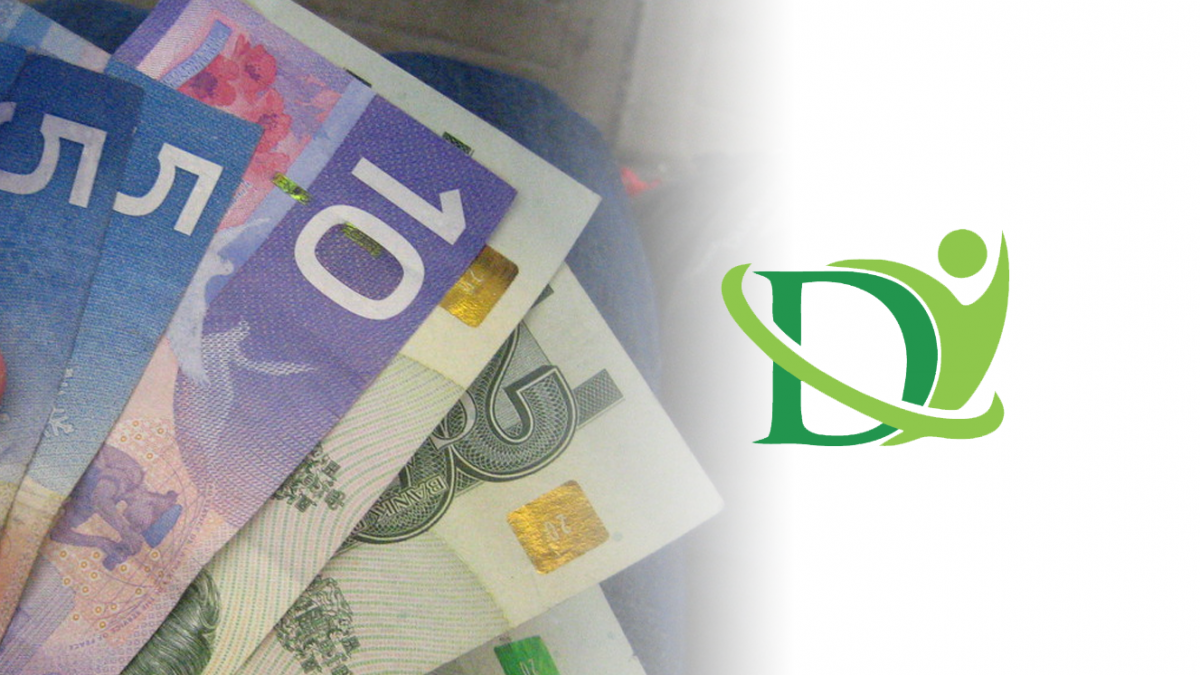
A Beginner’s Guide to Debt Relief – How to Create a Budget
November 22, 20193 Steps to Creating a Debt Pay off Plan
December 11, 2019Budgeting is an essential aspect of financial planning that helps you avoid overspending. It would be difficult to reach goals like buying a house or establishing an emergency fund if you can’t identify the budget for your expenditures.
To help you become successful in your budgeting and cash flow, below are seven essential elements that you should incorporate:
1. Accurate spending
Budget worksheets are helpful, but they may not perfectly align with your spending habits. Determine the expense categories when creating your budget to identify where your money goes. You can also use a budgeting app to understand your monthly expenses better.
2. Sufficient spending
Aside from accurate spending, your budget must have correct spending categories, as well. Breaking down significant expenses into smaller segments will identify where you delegate your money and figure out your spending patterns. This approach will reveal the areas where you can reduce spending. However, be sure that you avoid getting drowned in the details.
3. Income projections
You must accurately track the money that comes into your bank accounts to determine how much you can spend. Factor your income after taxes and deductions to establish a fixed budget. Meanwhile, base your monthly budget on the average take home if you have irregular income.
4. Irregular expenses
It’s easy to get accustomed to fixed monthly expenses when creating a budget. However, don’t forget the payments you must make quarterly or annually, like car insurance or homeowners’ association fees. Account for these expenditures on an annual figure and divide it by 12 to settle the amount to be set aside to cover the sum.
5. Savings
There’s no use for budgeting if you won’t account for savings. Your savings must come in the form of an expense and not as leftover cash if there is any. Treating it as cost means that you will delegate a certain amount to your savings fund and that allows you to secure your long-term financial capability. You can even break down your savings into an emergency fund and overall savings for mortgages.
6. Cash purchases
While it’s difficult to account for every dollar you spend, accurately tracking your cash expenses will help assess the most significant leak of your budget. You may be oblivious to it, but cash spending can eat up a considerable amount of your income. Likewise, the trail quickly disappears unless you take note of every cash transaction you made. Knowing the leaks in the budget will prompt you to find ways of reducing your expenses.
7. Written financial goals
Budgets are not just about numbers, but it’s also about writing down attainable financial goals when completing your budget worksheets. Setting realistic goals like paying off debt or buying a home will inspire you to find a way to increase your income or save more money. A quick read of these goals will motivate you to keep your spending low and determine how much you need to fulfill the objectives.
Your budget is not a one-time exercise. You must review the figures and compare them with your actual spending to find out if you are on the right track. If not, you can still adjust your expenses to make the projections and the actual figures match. Finally, approach your budget with the right mindset and stay motivated until you achieve financial security.
If you are having difficulties in balancing your budget, Debt Helpers can help you with personal debt relief services as well as budget counseling. Take the first step towards financial freedom and visit our website now!

